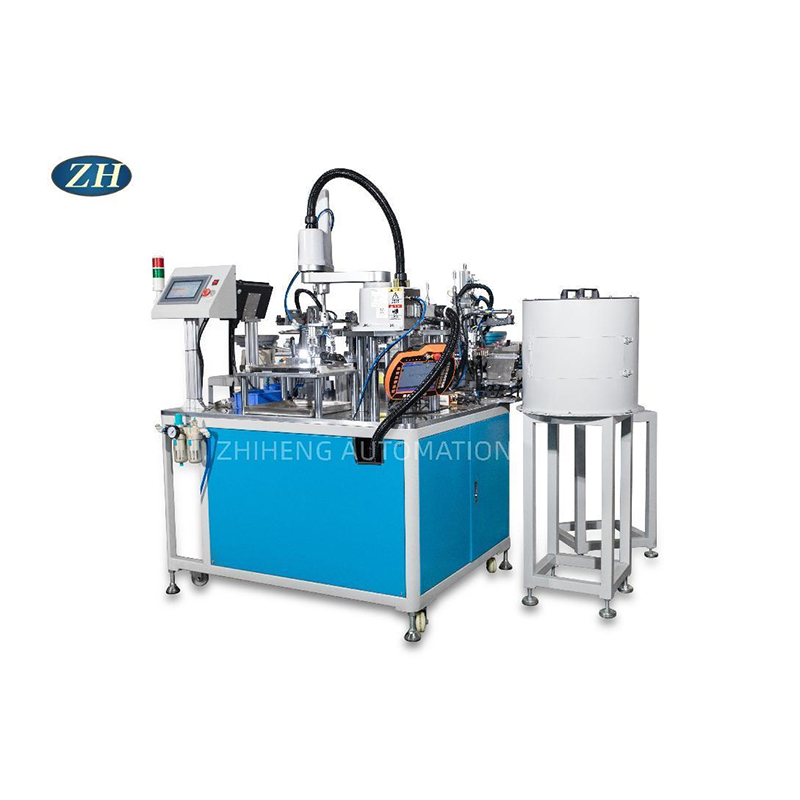How do Automatic Assembly Machine work?
2023-10-16
Automatic assembly machines, also known as automated assembly systems, are designed to streamline and automate the process of assembling components or products. These machines typically involve a combination of mechanical, electrical, and programming elements to perform their functions. While the exact workings of an automatic assembly machine can vary depending on the specific application and design, here is a general overview of how they typically work:
1. Component Feeding: Automatic assembly machines begin by feeding the individual components or parts into the machine. This can be done using various methods such as vibratory feeders, conveyor belts, or robotic systems. The components are usually pre-sorted and oriented to ensure proper alignment and positioning.
2. Positioning and Alignment: Once the components are fed into the machine, they undergo positioning and alignment processes. This may involve mechanisms such as guides, sensors, or vision systems to ensure accurate placement and orientation of the components.
3. Assembly Process: The assembly process takes place according to the specific requirements of the product being manufactured. This can include a variety of operations such as fastening, joining, inserting, gluing, welding, or soldering. Automatic assembly machines are equipped with mechanisms like robotic arms, grippers, or specialized tools to carry out these operations. The machines are programmed to execute precise movements and actions to complete the assembly tasks efficiently.
4. Quality Control and Inspection: Automatic assembly machines often include built-in quality control and inspection systems to ensure the integrity of the assembly process. This may involve sensors, cameras, or other detection methods to verify the correctness of the assembly, check for defects, or measure critical parameters. Any faulty or out-of-specification components or products can be identified and removed from the production line.
5. Output and Packaging: Once the assembly process is complete and the product has passed quality control, the finished product is typically discharged from the machine. Depending on the application, the products may then be further processed, tested, or packaged for shipment or distribution. This can involve additional automated systems or manual intervention, depending on the requirements of the production process.
Throughout the entire operation, automatic assembly machines are controlled by a combination of hardware and software components. Programmable Logic Controllers (PLCs), computerized control systems, or robotic controllers are used to manage the machine's functions, monitor sensors and feedback devices, and coordinate the movements and actions of various mechanical components.
It's important to note that the design and operation of automatic assembly machines can be highly specialized and tailored to specific products or industries. Each machine is engineered to optimize efficiency, accuracy, and productivity in the assembly process, and the specific mechanisms and technologies employed can vary significantly depending on the application and requirements.



